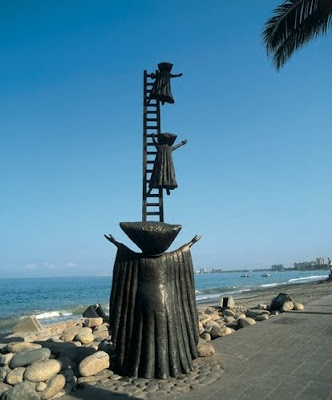
For one of my classes, I had to pick a piece of art and write a poem about it. I found Claudia Drake's Athena digital collage completely intriguing. For me, this image made me think of pealing someone's thoughts apart. What if you had the ability to just look inside someone's head and see their memories through their eyes. Here's the poem I wrote about it:
In a world where communication is tangible,
Language as we know it becomes obsolete
Our minds ripen like fruit, ready to peel
The layers of our being
Across the room is a prosperous man
He puts his head in his hands
and ponders in silence
The things he would never say
Become unwrapped like a present
Like the first present on Christmas
I pull away to reveal
The moments he treasures
The images once only for him
He blankets the death of his daughter.
Her youthful beauty lives in eternity
Within the fortitude of his mind
Outside there is a happy couple
The hold hands gently
while walking in the park
Who would question such love?
Like a fresh orange in the spring
I unpeel what's seen on the surface
The things he thought he hid so well
The memories he never shared
He sheds a matrimonial secret
His mistress's silhouette
Haunts the crevasses of his body
In a humanity stripped of assumptions
Revealing the beauty of truth













































